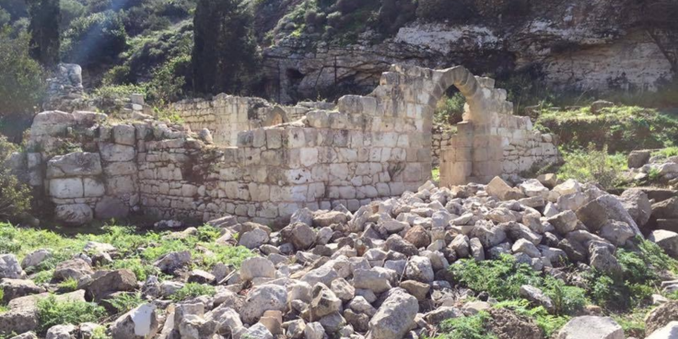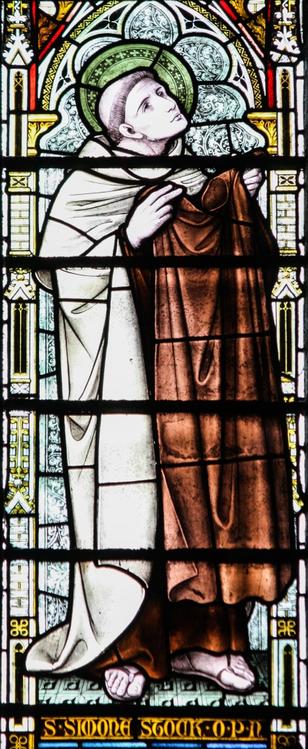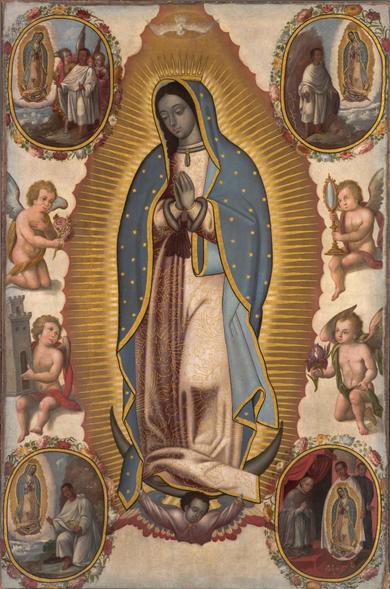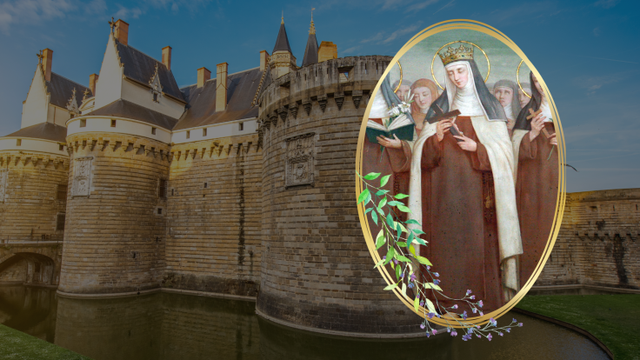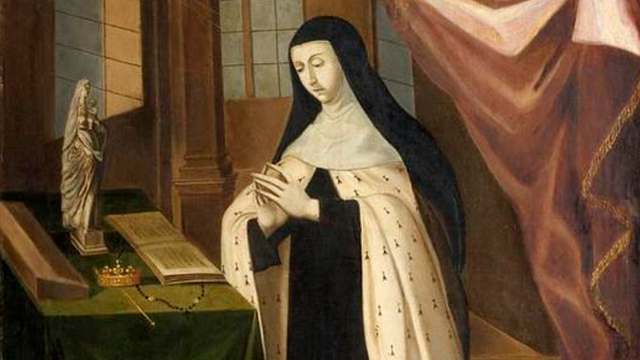The following account draws upon the 1865 biography of Blessed Frances d’Amboise, authored by Cardinal François-Marie-Benjamin Richard, then Archbishop of Paris, and accessed via Google Books (Richard 1865). We have translated and adapted portions of the text to bring our readers closer to the life of this noblewoman-turned-Carmelite, whose heroic virtues shine forth as an example of divine grace at work. May her journey inspire us to seek, as she did, only the glory of God.
The life of Blessed Frances d’Amboise (1427–1485) reveals the transformative power of God’s call, guiding her from the corridors of French nobility into the contemplative silence of Carmel. Her path—marked by sacrifice, steadfast love, and uncompromising faith—leads us into the mystery of divine providence, which drew her from earthly privilege to an eternal legacy of holiness.
Early Life and Noble Responsibilities
Born in 1427 to Louis d’Amboise, Viscount of Thouars, Frances was destined for a life within the elite circles of French nobility. At only four years old, she was betrothed to Pierre, the young Count of Guingamp and second son of the Duke of Brittany, a match arranged to unite powerful families. Though raised with every comfort, Frances exhibited a remarkable virtue, marked by gentleness, modesty, and an attraction to prayer—qualities that would distinguish her as a young noblewoman and prepare her for God’s future designs.
Marriage, Suffering, and Sacred Vow
At the tender age of fifteen, Frances married Pierre, a union that quickly became a crucible of suffering. Pierre, afflicted by jealousy and a violent temper, subjected Frances to severe trials. One day, in a fit of rage, he struck her so harshly that she was left bleeding. Yet Frances, filled with the spirit of charity, responded with words that could only have been inspired by divine grace:
“My friend, believe that I would rather die than offend my God, or you. My sins deserve an even harsher punishment than this.”
Her heart, utterly devoted to God, became a vessel for His love even in the face of injustice.
This period of suffering deepened her spirituality, and she sought refuge in prayer. Feeling called to make a more perfect offering of herself, Frances resolved to make a vow of perpetual chastity. One day, before receiving Holy Communion, she knelt at the altar and declared:
“From this moment, I vow to God and to the Virgin Mary of Mount Carmel to live in chastity, never to marry, and, if God so wills, to become a religious, that I may live in perpetual continence.”
At that very moment, witnesses recounted a loud thunderclap, and the church trembled as if heaven itself had rejoiced at her offering. As the frightened congregation fled, Frances remained, alone with her Lord. In this sacred vow, she consecrated herself entirely to God and began her lifelong journey of union with God.
Widowhood and the Call to Religious Life
After Pierre’s death in 1450, Frances embraced her widowhood as a state of profound prayer, fasting, and charity. Inspired by holy widows such as St. Elizabeth of Hungary, St. Hedwig of Silesia, and Blessed Mary of the Incarnation (the widow of Pierre Acarie), she served her community and sought a deeper relationship with Christ. Her heart, wholly dedicated to God, drew her to the religious life. She sought to join the Poor Clares, but her health proved too frail for their strict observances.
Undeterred, Frances continued to seek God’s will, and it was during this period that she met Father John Soreth, then the Carmelite prior general. Father Soreth, discerning her spiritual depth, suggested that she consider the Carmelite life. With this encounter, God’s design for Frances became clear: she would establish a Carmelite convent in Brittany, bringing the spirit of Carmel to her homeland. Her dream was to create a sanctuary of prayer and contemplation, dedicated to the glory of God and the service of His people.
Miraculous Deliverance and Determined Faith
Her decision to found a Carmelite convent met fierce opposition from family and royalty alike. King Louis XI, persistent in his efforts to remarry her into a politically advantageous alliance, resorted to threats and ultimately ordered her abduction. But when her captors arrived, Frances warned them with courage:
“Do your worst. I know that if you try to take me by force, I’ll cry out so loudly that all of Nantes will come to my aid.”
In a miraculous intervention, God thwarted their plans when the Loire River froze solid, making escape by water impossible. Seeing divine protection at work, Frances declared to her companions:
“Have you not seen how God has worked a miracle in our favor! How good He is to those who place their trust in Him and not in the children of men! He deserves to be loved and served!”
Her escape reaffirmed her resolve to live entirely for God, and she continued undeterred in her mission.
Eventually, with perseverance and trust, Frances obtained the necessary permissions, receiving approval from Duke François II and Pope Pius II in 1460. Her new Carmelite monastery would be a place of contemplation and devotion, a beacon of spiritual renewal for Brittany.
Founding the Carmel of the Three Marys
In 1463, Frances’ dream was fulfilled. Nine Carmelite nuns from Liège arrived in Vannes to establish the Monastery of the Three Marys, dedicated to the holy women who accompanied Christ at the tomb: Mary Magdalene, Mary Salome, and Mary, the mother of James. Frances humbly welcomed the sisters, even serving them in the refectory and choosing to live in a separate building outside the enclosure to respect their contemplative life.
Though she had not yet taken the Carmelite habit, Frances lived as one of them. She joined them in choir to chant the Divine Office, took her meals with the sisters, and even sought the counsel of elder nuns on matters of governance. She exemplified the Carmelite ideal of humility and obedience, considering herself not a foundress but a servant among the spouses of Christ.
A Legacy of Faith and Perseverance
The legacy of Blessed Frances d’Amboise is one of extraordinary grace, courage, and devotion. She endured suffering in marriage, opposition from kings, and countless challenges, yet her heart remained ever-fixed on God. She lived out her vow with a love that embraced both suffering and service, transforming Brittany with her example and establishing a Carmel that would bless generations to come.
Her life testifies that holiness is born of fidelity to God’s will and trust in His providence. Frances’ journey—from noble privilege to Carmelite simplicity—invites us all to seek God alone, finding in Him our true joy, our purpose, and our ultimate rest.
https://youtu.be/mHD9dgw2LzI
Richard de la Vergne, F 1865, Vie de la Bienheureuse Françoise d’Amboise: Duchesse de Bretagne et Religieuse Carmélite, Tome I, V. Forest et E. Grimaud, Nantes, accessed via Google Books.
Translation from the French text is the blogger’s own work product and may not be reproduced without permission.
Featured image: Blessed Frances d’Amboise is featured in a painting at Stella Maris Church on Mount Carmel at Haifa, Israel. In the background, we see the 13th-century chateau of the Dukes of Brittany in Nantes, France. Image credit: aterrom (Chateau de Nantes), zatletic (Blessed Frances) / Adobe Express (Stock photography)
https://carmelitequotes.blog/2024/11/05/francoisebio/
#biography #BlessedFrancesDAmboise #BlessedJohnSoreth #Carmelite #DuchessOfBrittany #founder #miracles #patience #prayer #suffering #virtues



